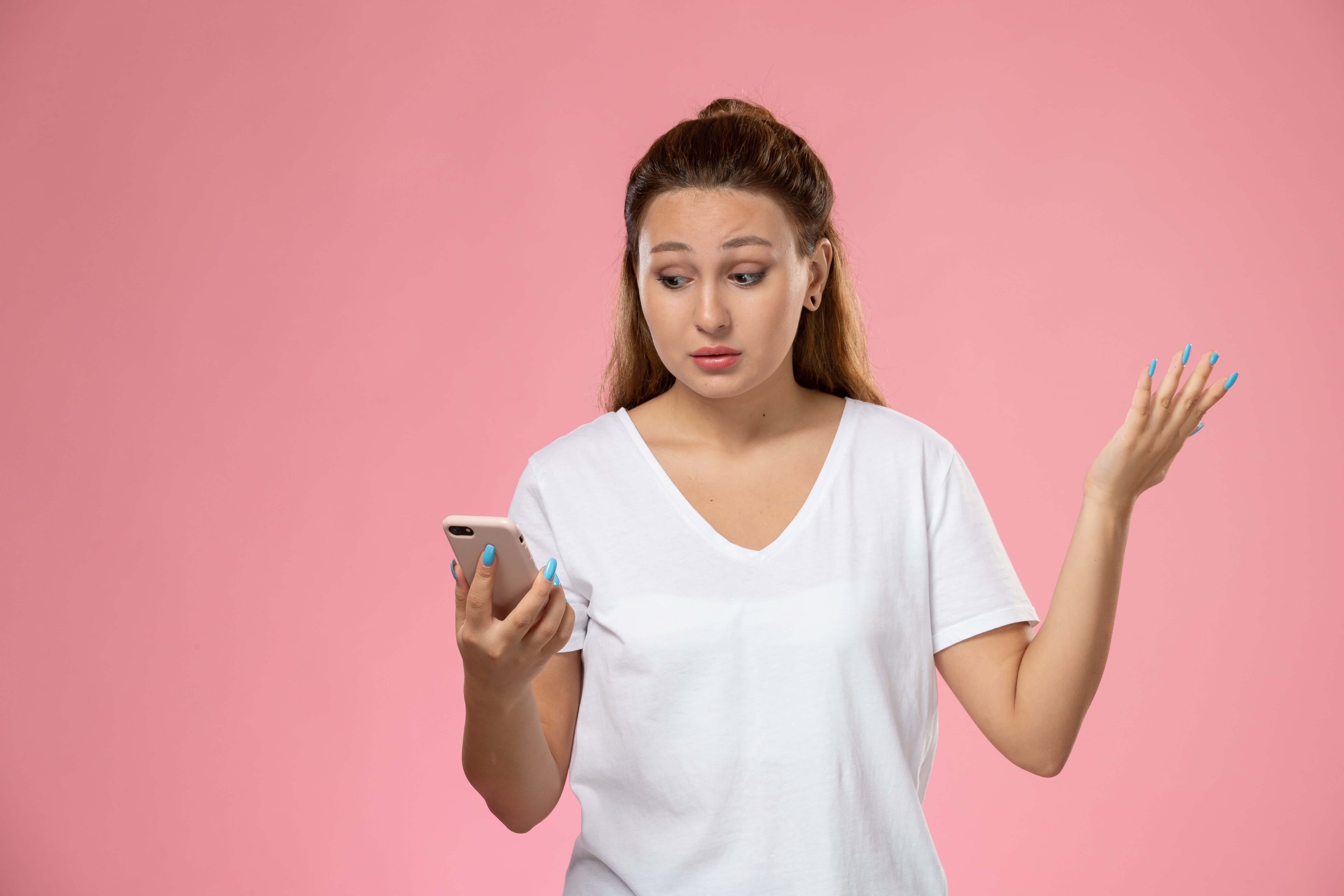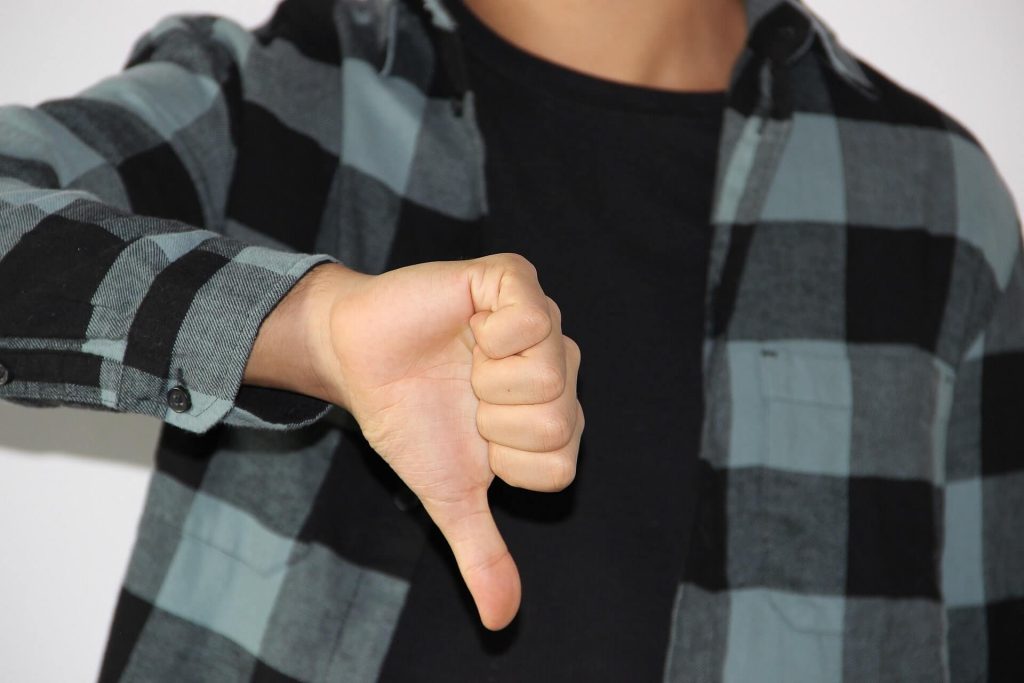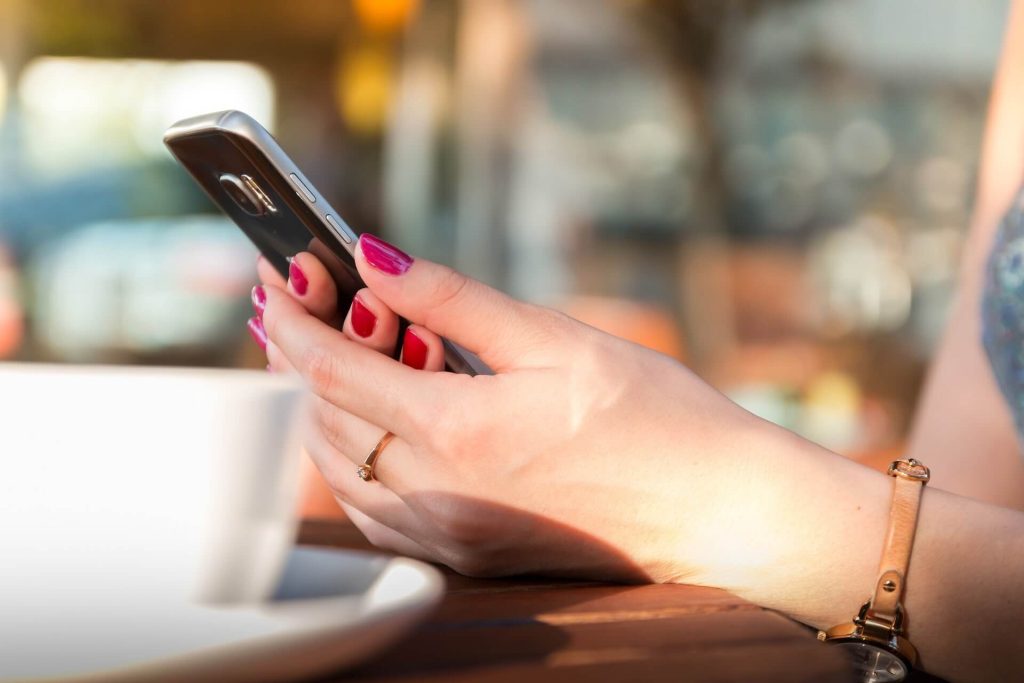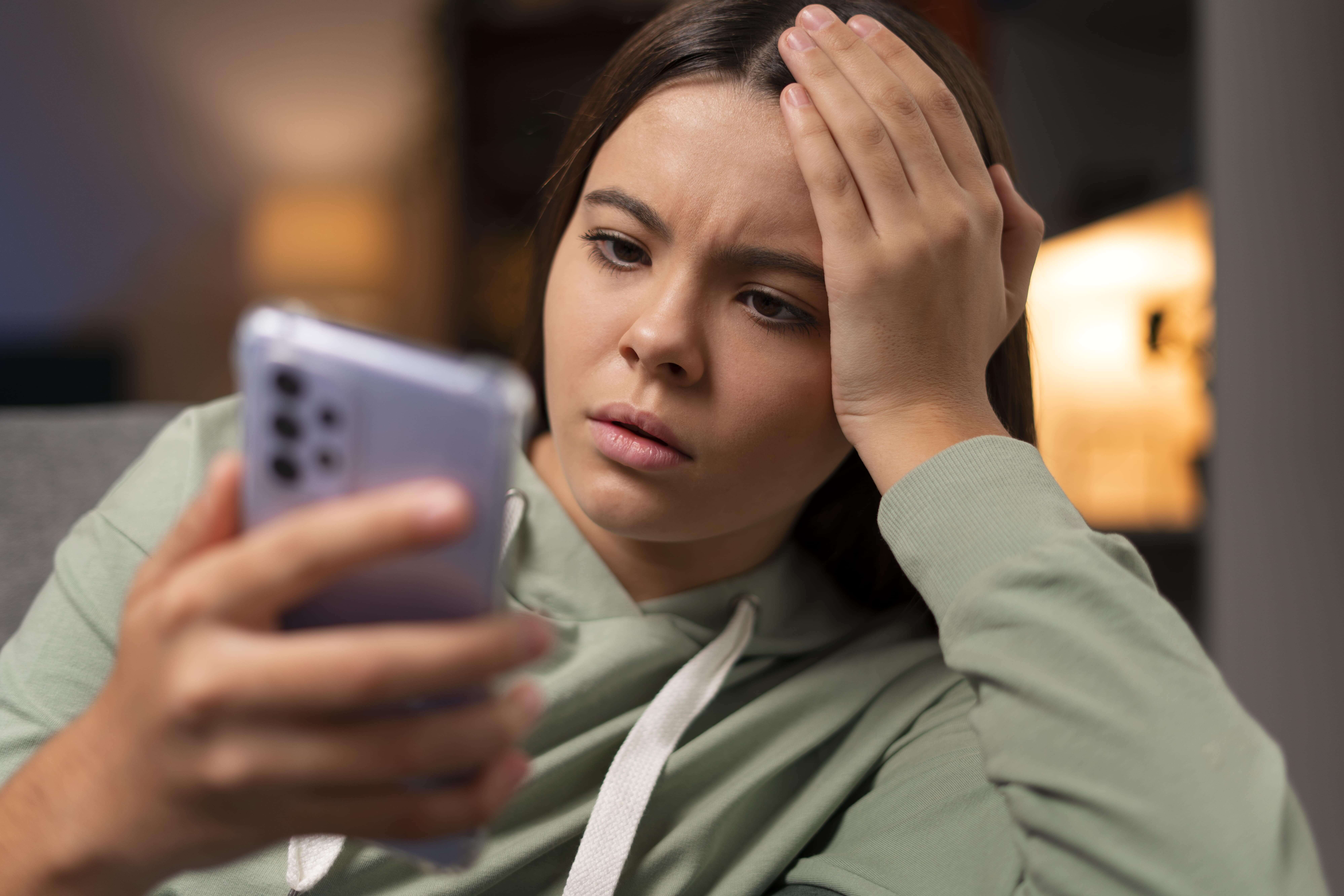Ever wondered if someone blocked you on TikTok? Figuring it out can be tricky since the app doesn’t send notifications. Let’s dive into the signs and how to confirm your suspicions. Learn how to know if someone blocked you on TikTok!
TikTok has rather quickly become one of the leaders in the world of social networks, turning into a lively platform for sharing short videos and interacting with like-minded people. As there are hundreds of millions of active users who are using TikTok every day, it is possible to meet situations in which another user can terminate your communication, for example, blocking you. This is not so easy and can be really puzzling and make one ask why and how one can consider if the other person has blocked him or her.
This guide is aimed at helping you in this situation by outlining the signs as to whether the individual has blocked you on TikTok, possible reasons for blocking and how you can confirm as to whether you have been blocked or not. Aware of these parts it will be easier for anyone to balance out their use of the TikTok application.
How to Tell if Someone Blocked You on TikTok?
Of course, if you will be interested in knowing the fact that whether the particular profile has mushed you or blocked you on TikTok, there are several techniques which can be adopted. Surprisingly, TikTok does not send notifications to app users whenever they have been blocked, thus you need to follow up about it. Here’s how to know if someone blocked you on Tiktok:
1. Search for Their Username
- Open the TikTok app: Tap on the search icon (magnifying glass) at the top of your screen.
- Type in their username: Type in the specific username of the particular user you believe may have ‘blocked’ you.
- Look for their profile: If they are not found in the given search, then there are high chances you have been blocked on the account. However, there are other possibilities, which are account deactivation or even a name change and therefore, the action of changing the account to another name is not unreasonable.
2. Check Your Following and Followers List
- Go to your profile: Get on the home screen and tap on the profile icon present at the lower right corner of your screen.
- View your Following and Followers: Examine the lists for their username.
- Look for their profile: If they are not present in both lists it might be reasonably to conclude that the person has either blocked you or has unfollowed you.
3. Review Your Direct Messages
- Open your Inbox: Go to your direct messages by tapping the inbox icon.
- Find past conversations: Look for any messages with the person you suspect has blocked you.
- Observe changes: If the chat displays “Account not found” or the person’s profile picture is missing, it’s likely they’ve blocked you.
4. Attempt to View Their Content
- Check for their videos: If you’ve commented on their videos or liked their content, try accessing it through your activity history.
- Access their profile via tags: If you’ve been tagged in their videos or comments, see if you can still view those posts.
- Note any restrictions: If their profile shows an “Account not found” message or their posts are inaccessible, it indicates a block.
Of course these steps are not 100% guaranteed but they give an outline as to whether or not you have been blocked. It is necessary to incorporate all of them in order to arrive to more effective result.
Check out our article on How To Make Playlists On TikTok: Get More Views With Playlists.
Why Would Someone Block You on TikTok?

Blocking is a common feature across social media platforms, and TikTok is no exception. Users may choose to block others for various reasons, ranging from personal preferences to security concerns. Here are some common reasons why someone might block you on TikTok:
- Personal Disagreements or Conflicts: Personal conflicts can lead to blocking. If you’ve had a disagreement or falling out with someone, they might block you to avoid further interaction.
- Inappropriate or Offensive Behavior: Posting or sending inappropriate content, such as offensive comments, harassment, or spamming, can result in being blocked. Users often block others to maintain a positive and respectful online environment.
- Privacy Concerns: Some users block others to protect their privacy. They may feel uncomfortable sharing their content with certain individuals or prefer to keep their interactions limited to a specific audience.
- Unwanted Attention or Spam: If someone feels overwhelmed by your comments, messages, or interactions, they might block you to reduce unwanted attention or spam.
- Cultural or Social Differences: Cultural misunderstandings or differing social norms may lead to blocking. If your content or interactions don’t align with someone’s values, they may choose to block you.
Understanding these reasons can help you gain insight into why you might have been blocked and can guide you in addressing the situation appropriately.
What Are the Signs That Indicate You Might Be Blocked on TikTok?
Identifying the signs that someone has blocked you on TikTok requires a keen eye for detail and awareness of your interactions. Here are some telltale signs that indicate you might have been blocked:
- Missing Profile or Content: If you notice that a user’s profile or content is suddenly missing from your feed or search results, it may suggest they’ve blocked you. A sudden disappearance without explanation is a significant red flag.
- Inability to Follow or Interact: If you attempt to follow the person or engage with their content, and you receive an error message, it might mean they’ve blocked you. TikTok’s privacy settings prevent interaction with blocked accounts.
- No Longer Receiving Notifications: If you previously received notifications about their content or interactions and suddenly stop receiving them, it could be a sign of being blocked. However, consider other factors such as notification settings changes or user inactivity.
- Decreased Engagement: A noticeable drop in likes, comments, or shares from a specific user might indicate they’ve blocked you. If their interactions cease altogether, it’s worth investigating further.
- No Access to Shared Content: If you had previously shared content or collaborated on videos, and you no longer see those collaborations, it might mean you’ve been blocked. Check if the content is still visible on other platforms or accounts.
- Profile Picture Changes: If their profile picture appears as a blank or default image, it might indicate they’ve blocked you. While this could also mean they changed their photo, it’s worth considering in conjunction with other signs.
- Name or Username Changes: If you’re unable to find their account under their usual name or username, it could mean they’ve blocked you or changed their identity on TikTok. Double-check their profile by asking mutual friends or using external search methods.
How Can You Confirm If Someone Has Blocked You on TikTok?

Confirming whether someone has blocked you on TikTok requires a combination of methods and observations. Here are steps you can take to confirm your suspicions:
1. Cross-Check with Friends
- Ask mutual friends: Have them search for the user’s profile to see if it’s still active and accessible. If they can find the account while you cannot, it’s a strong indication of being blocked.
- Compare experiences: If other friends experience the same issues with the account, it might be a broader issue, such as deactivation or deletion.
2. Use a Different Account
- Log out of your account: Try searching for the user while logged out to see if their profile appears. Alternatively, use another TikTok account to verify if their content is visible.
- Create a new account: If you don’t have another account, consider creating one to check if the user’s profile and content are accessible from a different perspective.
3. Check for Consistent Behavior
- Monitor for changes: Observe if the signs of being blocked remain consistent over time. A temporary glitch or technical issue could explain short-term blocking indications.
- Look for patterns: If multiple users block you with similar signs, consider reevaluating your behavior on the platform to prevent further issues.
4. Consider Alternative Explanations
- Account deactivation: If the user has deactivated or deleted their account, it might explain the signs of being blocked. Try confirming with mutual connections if they have similar experiences.
- Technical glitches: Occasionally, TikTok may experience technical issues that affect account visibility. Monitor for announcements or updates from TikTok regarding known issues.
5. Attempt to Contact Outside TikTok
- Reach out via other platforms: If you know the user outside of TikTok, try contacting them through other social media or messaging apps to confirm if they blocked you intentionally.
- Use indirect communication: If direct contact isn’t possible, consider reaching out through mutual friends to inquire about the situation.
By combining these steps, you can confirm with greater certainty whether someone has blocked you on TikTok or if another factor is at play.
Can You Still See the Content of Someone Who Blocked You on TikTok?
When someone blocks you on TikTok, access to their content is generally restricted. Here’s what you can expect in terms of visibility and interaction with blocked accounts:
- No Access to New Content: Once blocked, you won’t be able to view any new videos or content they post. This includes any updates to their profile, comments, or shared media.
- Limited Access to Old Content: In some cases, previously liked or commented content may still be visible, but you won’t be able to interact with it further. TikTok may retain past interactions but prevent any new engagement.
- No Interaction Allowed: Being blocked means you cannot comment, like, or share their videos. TikTok’s privacy settings prevent any form of interaction with blocked users.
- No Visibility in Discover or Search: Their account will not appear in your Discover or search results, further limiting access to their profile and content. Even if you have past interactions, TikTok’s algorithms prioritize blocking privacy.
- Potential Visibility through Mutuals: If you share mutual friends or followers, you might still see their content indirectly through interactions with those connections. However, direct access remains restricted.
- Restricted Access through Links: If you have direct links to their content, such as shared links or bookmarks, they might lead to an error page or display a message indicating restricted access. TikTok prioritizes blocking privacy over link accessibility.
- No Engagement from Blocker: Once blocked, the user who blocked you won’t see your comments, likes, or any interaction you attempt on their content. Their account remains isolated from your activity, ensuring complete privacy.
What Are the Differences Between Being Blocked and Being Unfollowed on TikTok?

Distinguishing between being blocked and simply being unfollowed on TikTok involves understanding the nuances of each action and its implications:
1. Profile and Content Visibility
- Blocked users: You cannot view the blocker’s profile or content, and they cannot view yours. TikTok’s block feature enforces complete isolation between accounts.
- Unfollowed users: You can still see their profile and interact with their content, but they won’t receive updates about your activities. Unfollowing maintains visibility without interaction.
2. Interaction Capabilities
- Blocked accounts: No interaction is possible; you cannot comment, like, or message the blocker. TikTok’s privacy settings enforce a one-way barrier.
- Unfollowed accounts: Interaction remains possible, allowing comments, likes, and messages, but the user won’t receive direct updates from your activities.
3. Notification Differences
- Blocked status: TikTok doesn’t notify users of being blocked, ensuring privacy for the blocker and requiring investigation to confirm suspicions.
- Unfollowed status: No notifications are sent for unfollowing, but mutual engagement remains possible unless further privacy settings are applied.
4. Reasons and Intentions
- Blocking reasons: Blocking is often due to personal disagreements, privacy concerns, or inappropriate behavior, leading to a complete disconnection.
- Unfollowing reasons: Users unfollow for various reasons, such as content preferences or clutter reduction, without severing the ability to re-engage later.
5. Reconnection Possibilities
- Blocked accounts: Re-establishing connection requires mutual consent, often involving direct communication outside TikTok or changes in privacy settings.
- Unfollowed accounts: Users can easily refollow if they wish to reconnect, as unfollowing doesn’t impose permanent barriers.
Understanding these distinctions clarifies user interactions on TikTok and helps navigate the platform’s social dynamics effectively.
Check out our article on How To Get More Likes On TikTok: Proven Ways In 2024.
What Should You Do If You Think Someone Blocked You on TikTok?

If you suspect someone has blocked you on TikTok, consider the following steps to handle the situation with understanding and poise:
1. Reflect on Past Interactions
- Analyze past behavior: Review your interactions with the suspected blocker to identify any potential misunderstandings or conflicts.
- Assess your content: Evaluate your content for potential issues or misalignments with TikTok’s guidelines, ensuring compliance and respect for other users.
2. Respect Their Decision
- Accept the block: Respect the user’s choice to block you and avoid attempting to circumvent their decision by creating new accounts or contacting them through other platforms.
- Focus on personal growth: Use the experience as an opportunity for self-improvement, learning from past interactions to enhance future engagement.
3. Seek Mutual Understanding
- Reach out respectfully: If you share mutual friends, consider seeking understanding through indirect communication, respecting privacy and avoiding confrontational approaches.
- Acknowledge differences: Understand that users have diverse preferences and boundaries, adapting your interactions to accommodate varying perspectives.
4. Engage in Positive Practices
- Enhance community engagement: Focus on building positive interactions within TikTok’s community, aligning with the platform’s values and fostering supportive relationships.
- Commit to personal improvement: Embrace opportunities for self-reflection and growth, continually refining your content and engagement strategies.
5. Evaluate and Adjust
- Assess interaction patterns: Monitor your engagement trends and adjust strategies to maintain positive and respectful communication.
- Adapt to user preferences: Recognize and respect individual preferences, customizing interactions to align with diverse needs and values.
6. Seek Resolution Through Understanding
- Open to feedback: Be receptive to constructive feedback and criticism, using insights to refine your approach and enhance user engagement.
- Focus on resolution: Prioritize resolving conflicts through respectful communication and understanding, fostering a harmonious online environment.
Wrapping Up
Understanding the signs and implications of being blocked on TikTok is essential for navigating social interactions on the platform. While TikTok doesn’t explicitly inform users when they’ve been blocked, recognizing the signs and distinguishing between blocking and unfollowing can help users manage their online presence effectively. Emphasizing respectful engagement, adherence to community guidelines, and personal growth fosters positive connections and reduces the likelihood of being blocked.
By focusing on self-reflection and understanding diverse perspectives, users can cultivate meaningful interactions and navigate TikTok’s dynamic environment with confidence.


Leave a Reply